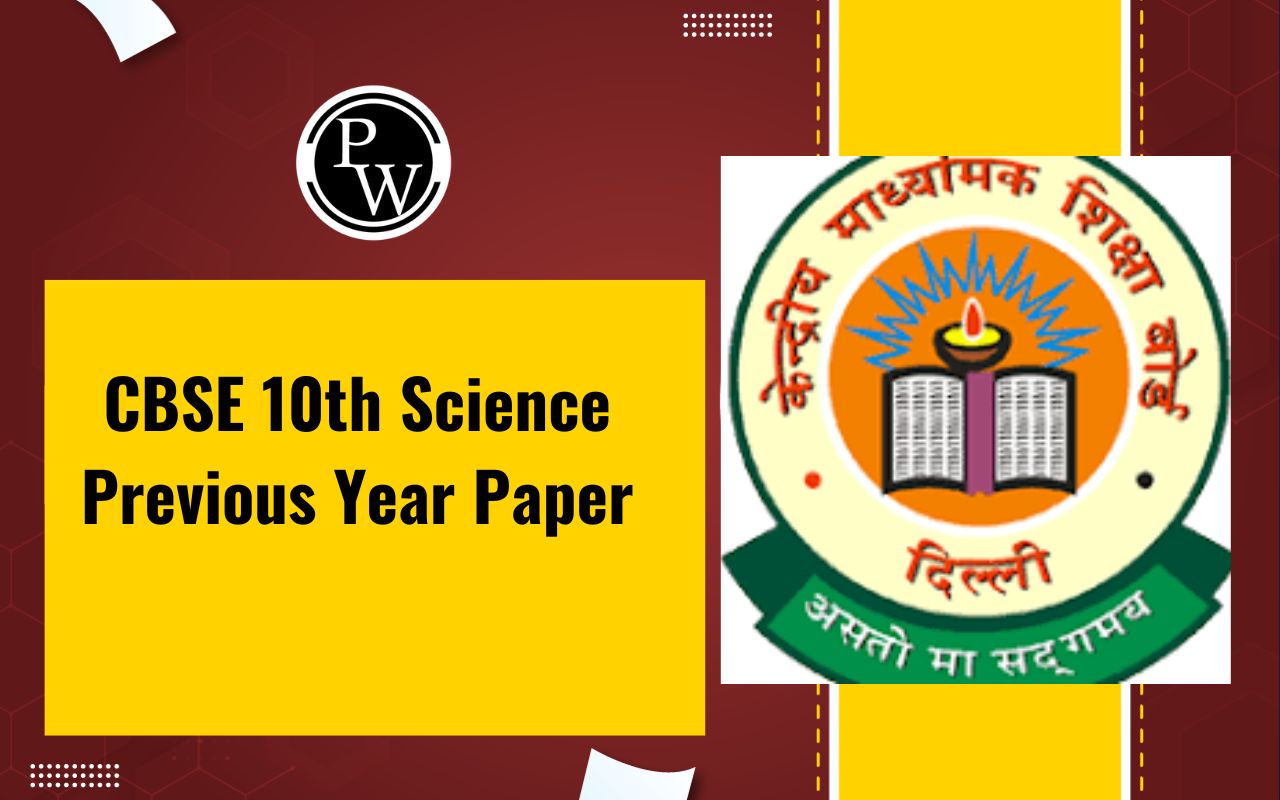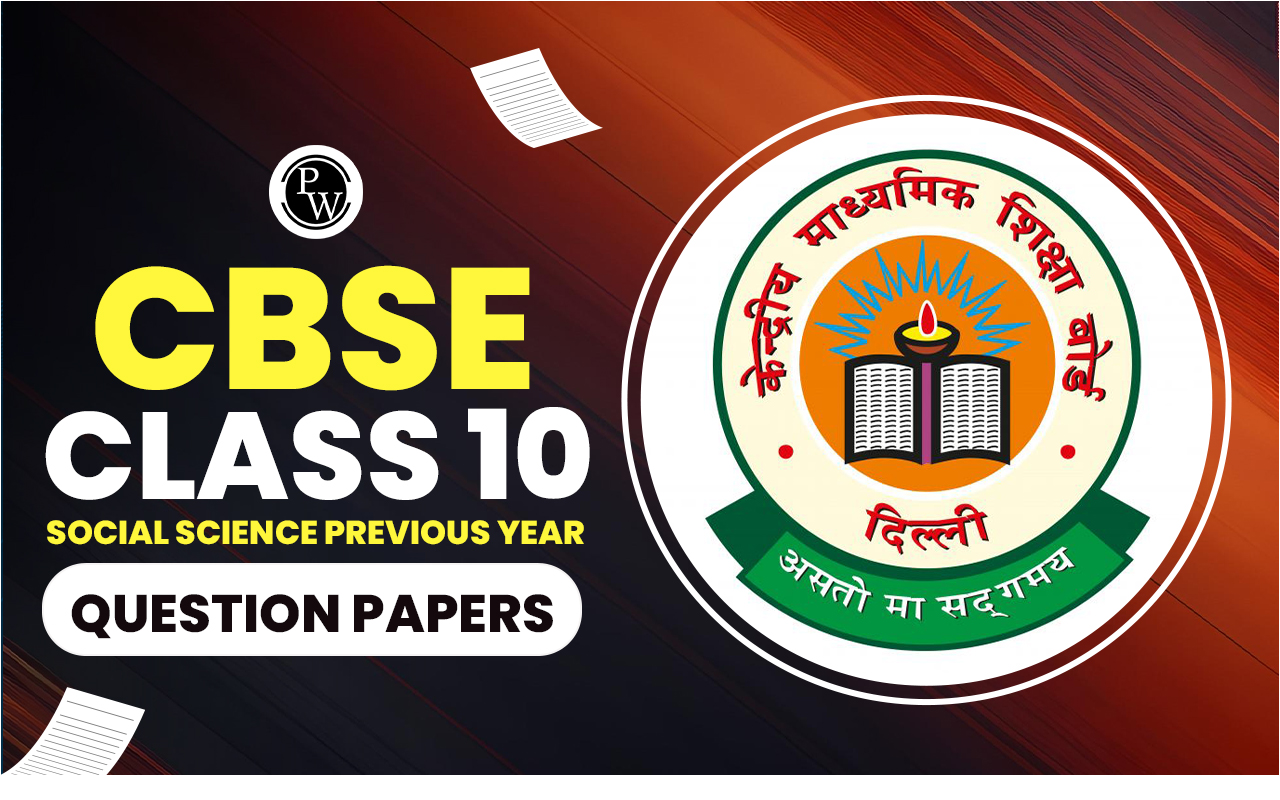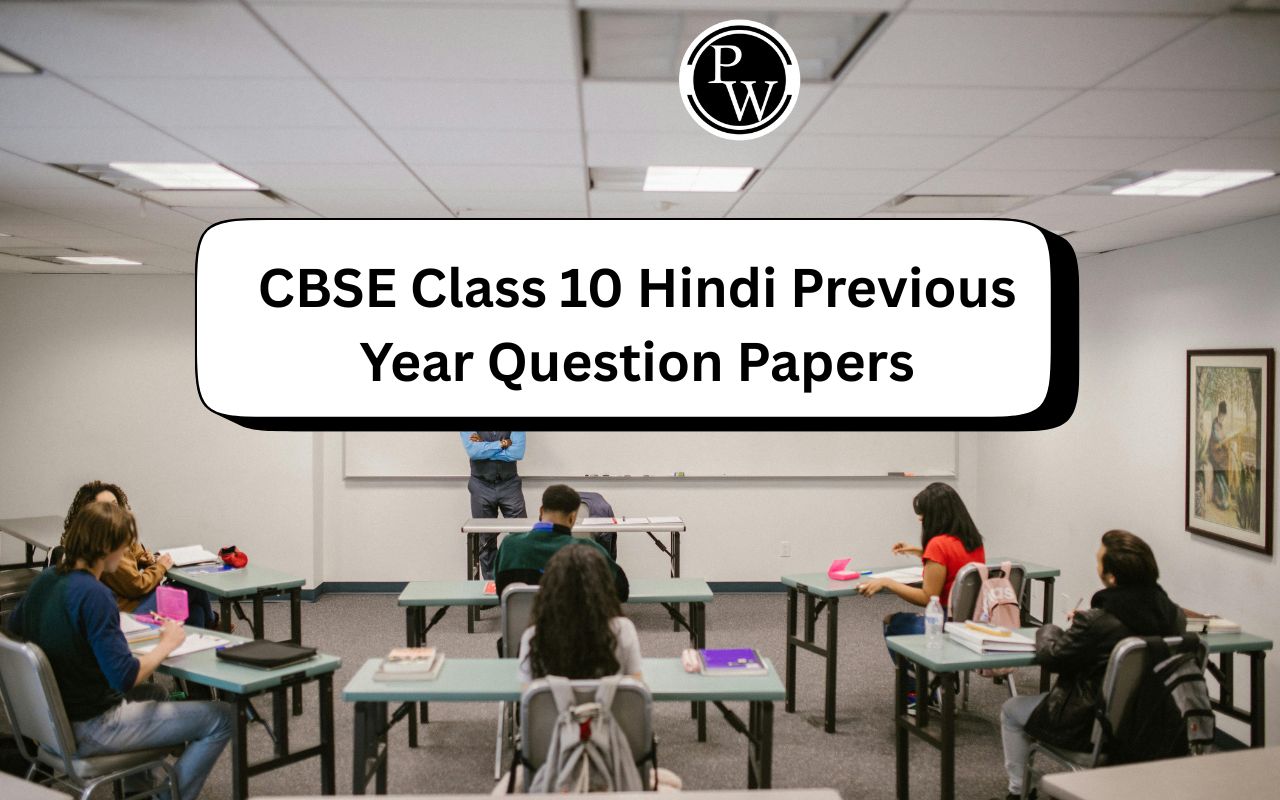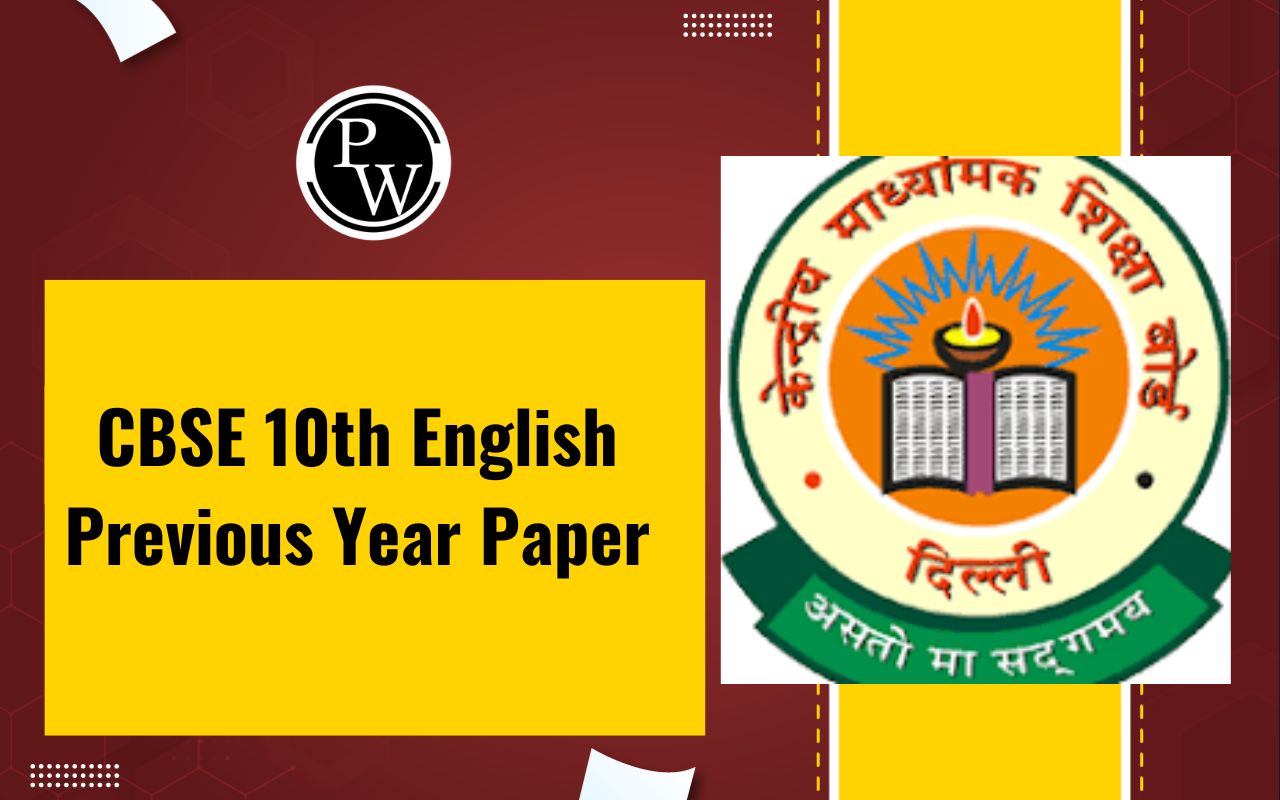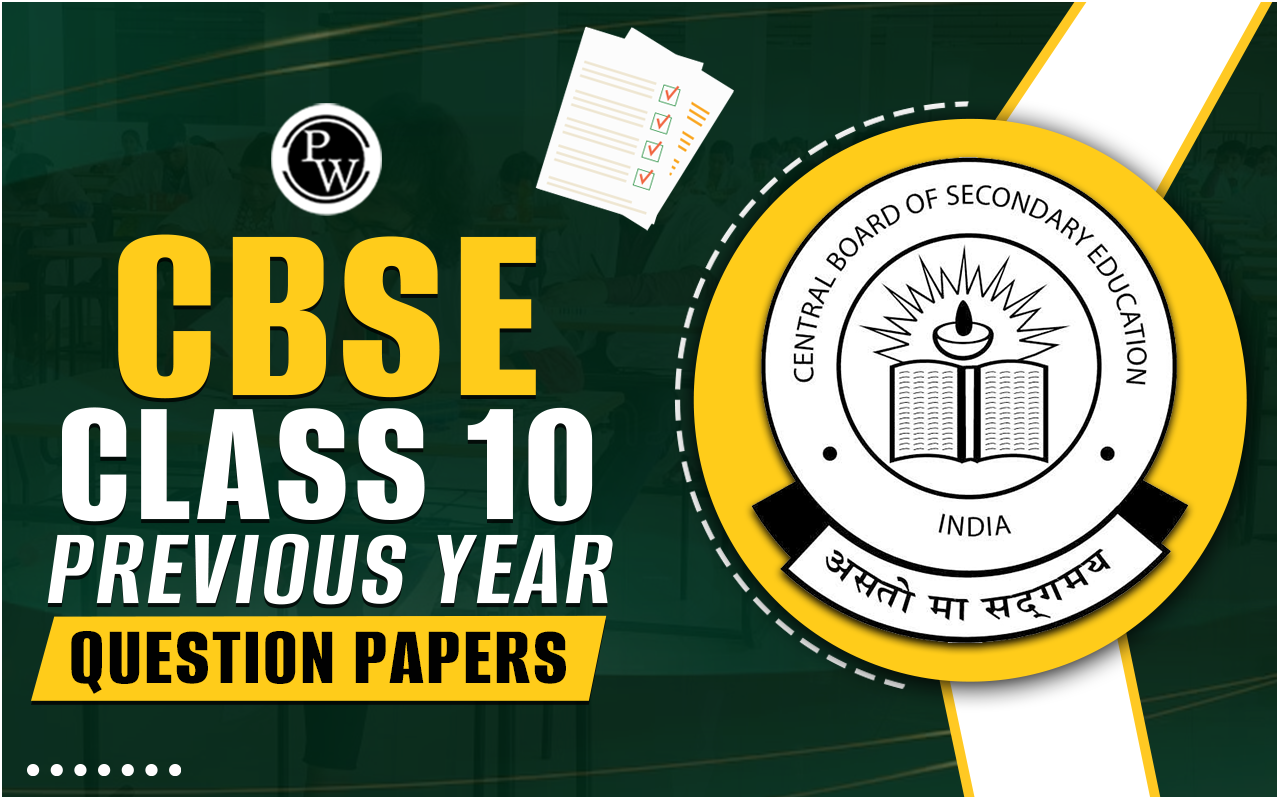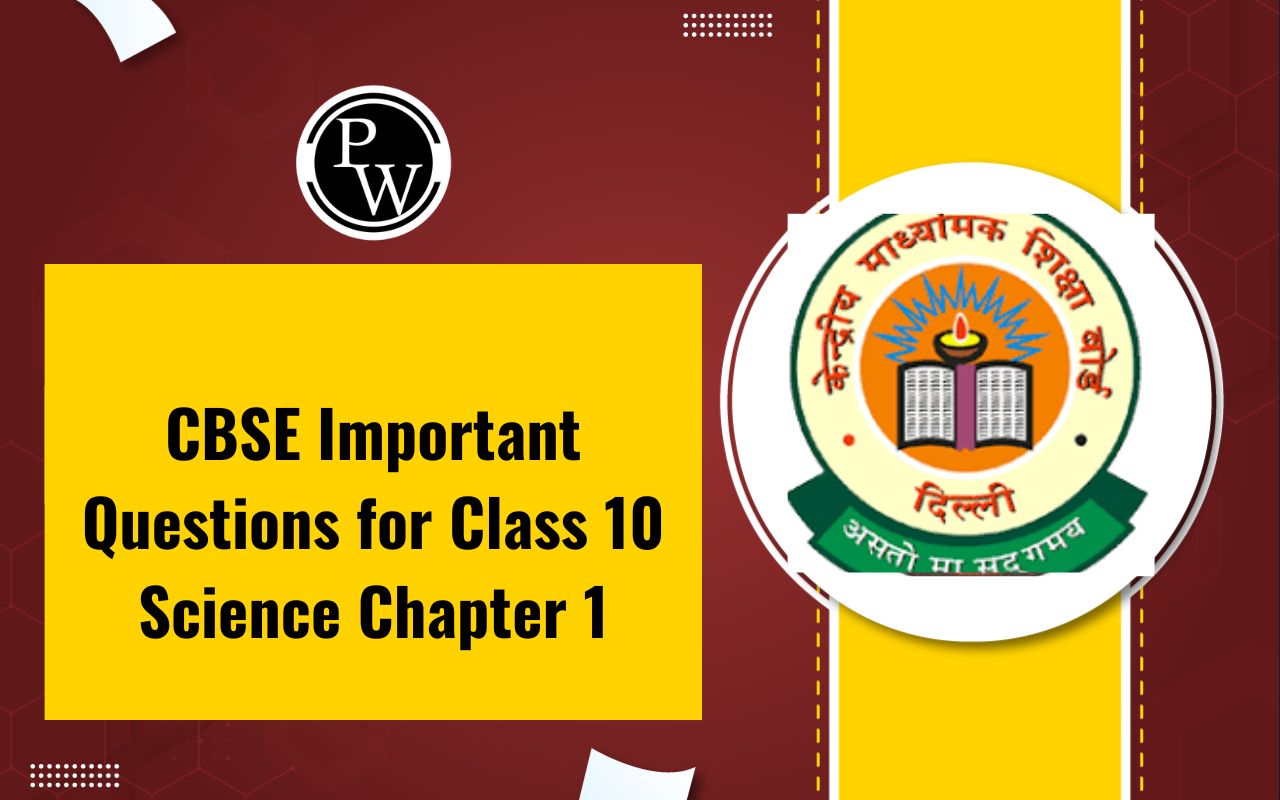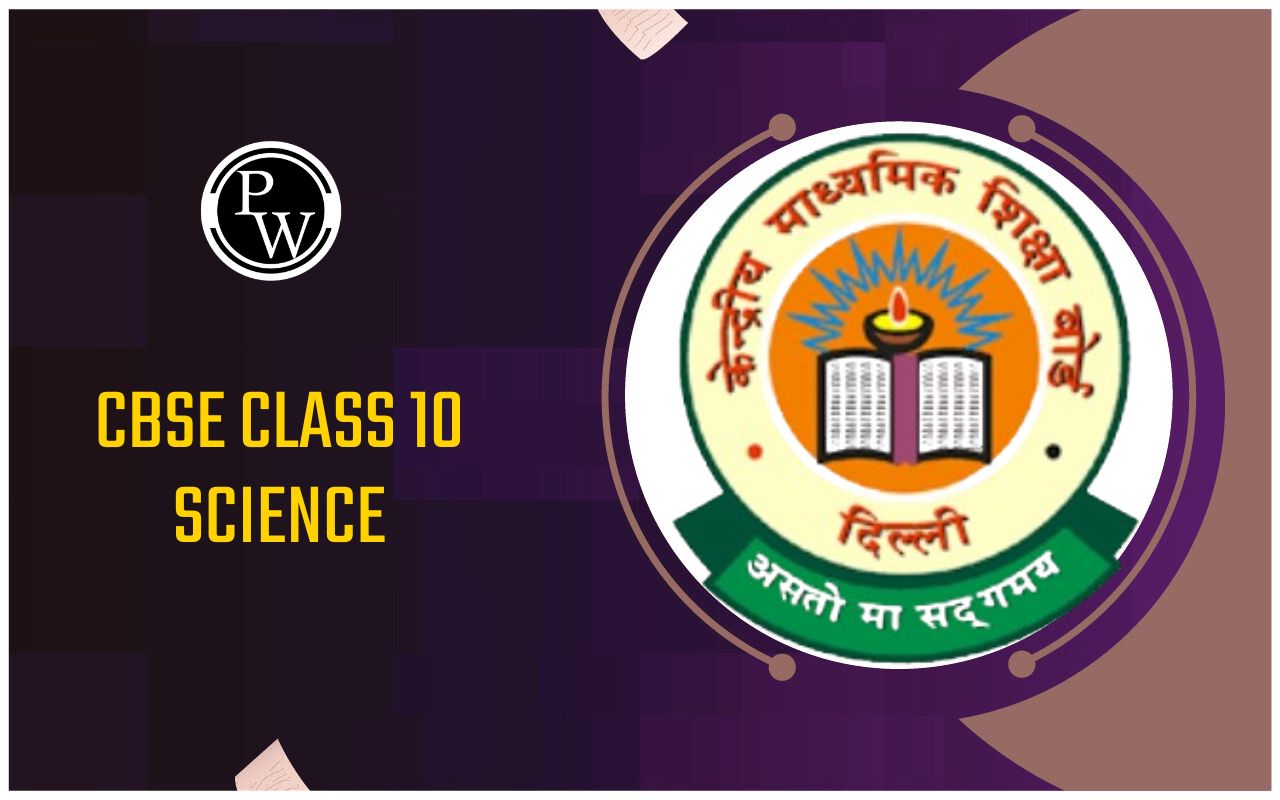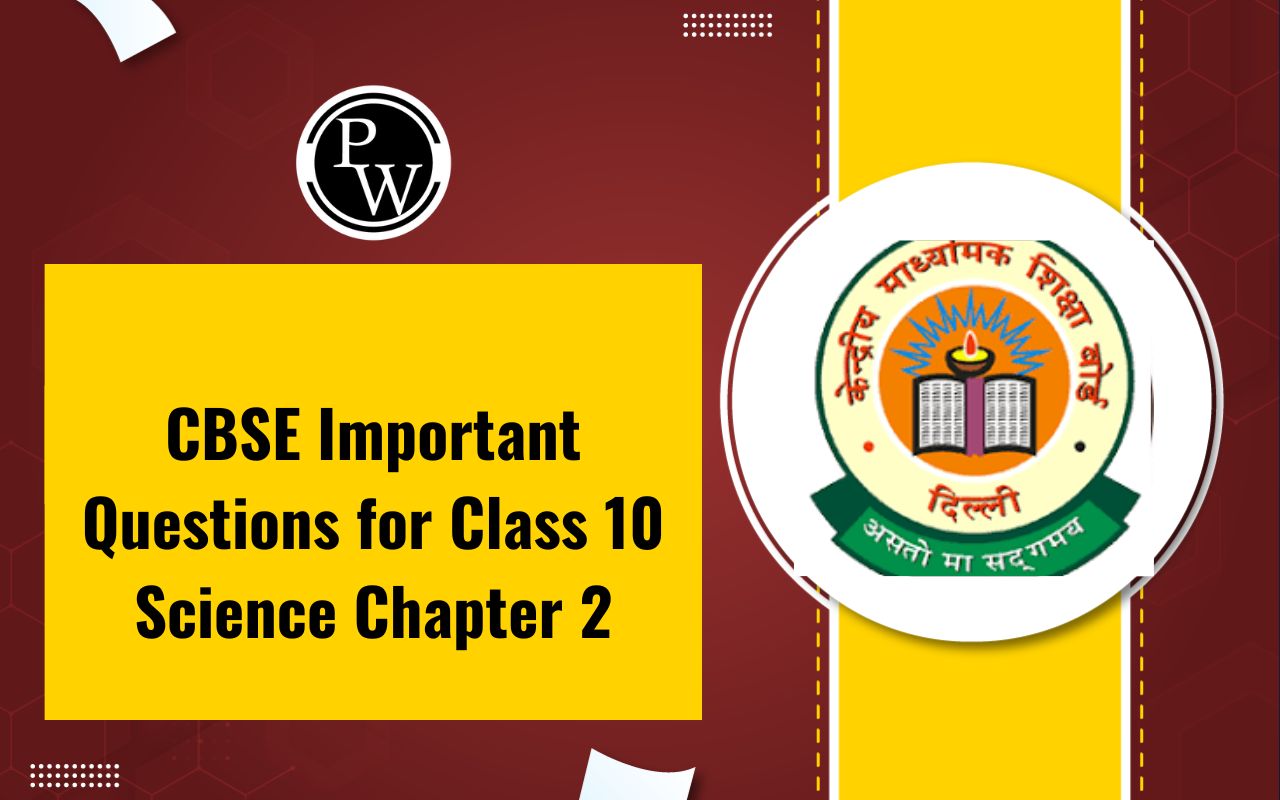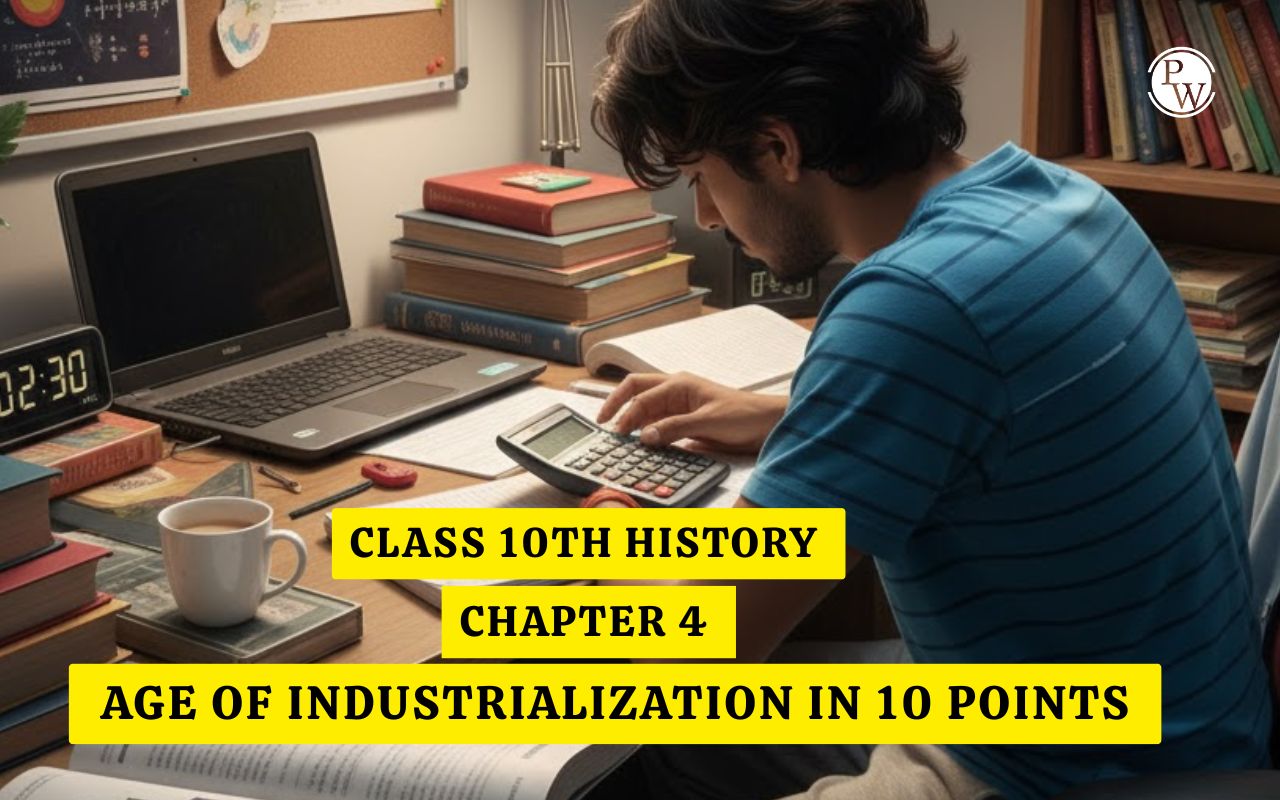
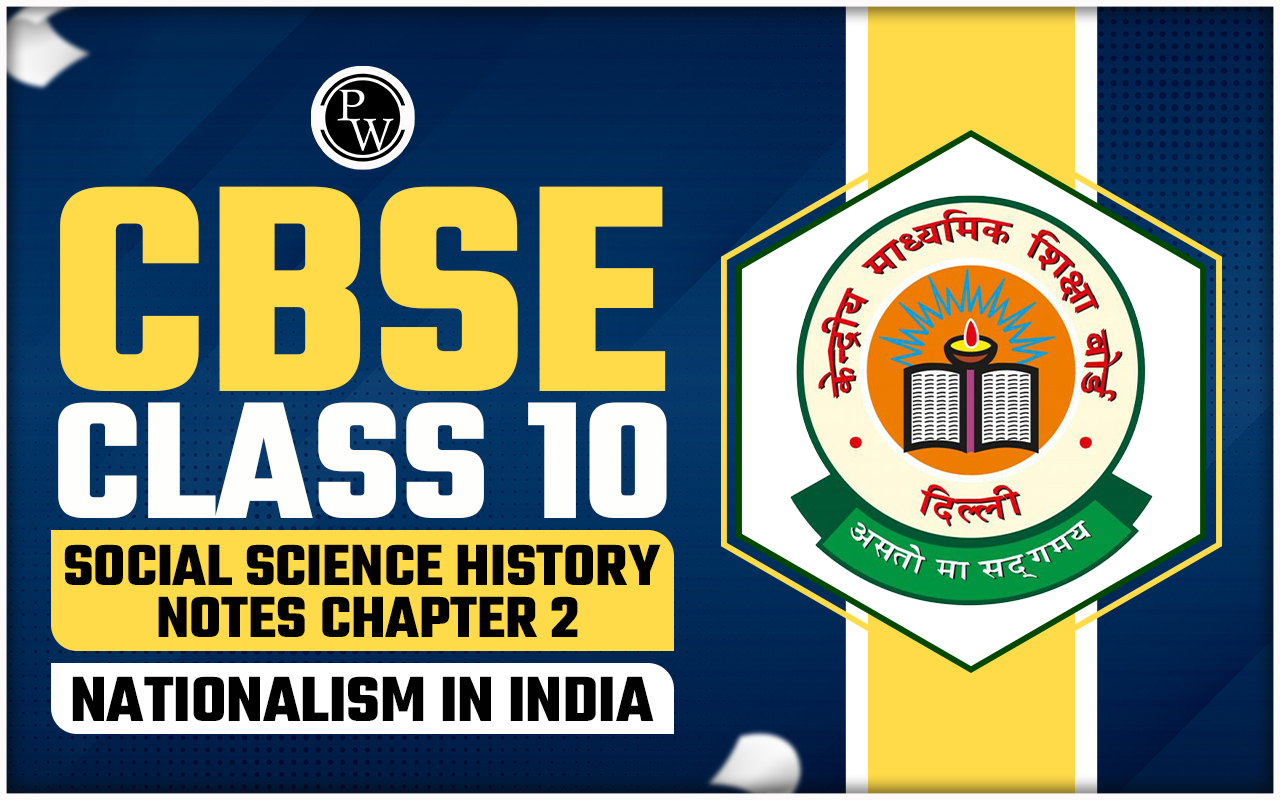
CBSE Class 10 Social Science History Notes Chapter 2: Indian nationalism emerged during the Indian independence movement, which aimed to end British colonial rule. In this chapter, students will learn about the period from the 1920s and study the non-cooperation and civil disobedience movements. They will also explore how Congress worked to develop the national movement, the participation of various social groups, and how nationalism became a powerful idea among the people. To learn more about Nationalism in India, explore CBSE Class 10 History Notes Chapter 2. These notes are detailed yet concise making them ideal for exam preparation.
Topics Covered in the CBSE Class 10 Social Science History Notes Chapter 2 Overview
The CBSE Class 10 Social Science History Notes Chapter 2 covers the following topics:- Introduction to Indian Nationalism
- The Non-Cooperation Movement
- The Civil Disobedience Movement
- The Sense of Collective Belonging
- Congress and the National Movement
- Various Social Groups in the National Movement
- The Impact of Nationalism on Indian Society
- The Rise of Mass Nationalism
- Conclusion: Nationalism in India
CBSE Class 10 Social Science History Notes Chapter 2 PDF
You can access the CBSE Class 10th Social Science History Notes for Chapter 2 in PDF format using the provided link below. Students can utilize these notes for exam preparation as they provide a clear understanding of the chapter's content.CBSE Class 10 Social Science History Notes Chapter 2 PDF
CBSE Class 10 Social Science History Notes Chapter 2 - Nationalism in India
Introduction to Nationalism in India
- The rise of nationalism in India was a significant movement against colonial rule, primarily led by the Indian National Congress (INC).
- The struggle for independence in India was marked by various phases and movements, each contributing to the eventual freedom from British rule.
Factors Contributing to the Growth of Nationalism
- Impact of British Rule: British colonial policies, such as economic exploitation, social discrimination, and political repression, fueled resentment among Indians.
- Role of Leaders: Visionary leaders like Mahatma Gandhi, Jawaharlal Nehru, Subhas Chandra Bose, and others played pivotal roles in uniting and mobilizing Indians against British rule.
- Revolutionary Movements: Alongside the INC's peaceful protests, revolutionary movements, like the Ghadar Movement and the Hindustan Socialist Republican Association (HSRA), advocated armed resistance against British oppression.
- Impact of World War I: The participation of Indian soldiers in World War I and the economic strain caused by the war further fueled nationalist sentiments, as Indians began to question British claims of superiority.
Key Events and Movements
- Partition of Bengal (1905): The British decision to partition Bengal sparked widespread protests, leading to the Swadeshi Movement, which encouraged Indians to boycott British goods and promote indigenous industries.
- Formation of the Indian National Congress (1885): The founding of the INC provided a platform for Indians to voice their grievances and demand political representation.
- Non-Cooperation Movement (1920-1922): Led by Mahatma Gandhi, the Non-Cooperation Movement aimed to boycott British institutions, including schools, courts, and government services, and promote Indian self-reliance.
- Civil Disobedience Movement (1930-1934): Initiated with the Salt March, the Civil Disobedience Movement aimed to defy British laws peacefully, leading to widespread acts of non-violent resistance across India.
Role of Mahatma Gandhi
- Mahatma Gandhi, also known as the "Father of the Nation," played a central role in India's independence struggle through his principles of non-violence (Ahimsa) and civil disobedience.
- His leadership during movements like the Non-Cooperation Movement and the Salt March inspired millions of Indians to join the struggle for freedom.
Challenges and Achievements
- The nationalist movement faced challenges such as internal divisions, repression by the British, and differences in ideologies between leaders.
- Despite these challenges, the movement succeeded in weakening British authority and laying the groundwork for India's eventual independence in 1947.
Conclusion
- Nationalism in India was a transformative movement that united Indians across diverse backgrounds in their quest for freedom from colonial rule.
- The sacrifices made by countless individuals and the leadership of figures like Mahatma Gandhi paved the way for India to emerge as a sovereign nation.
CBSE Class 10 Social Science History Notes Chapter 2 FAQs
What is the significance of Indian nationalism?
Indian nationalism emerged during the struggle for independence against British colonial rule. It aimed to unite the diverse population of India under the common goal of achieving self-rule and sovereignty.
What were the key movements associated with Indian nationalism?
Key movements associated with Indian nationalism include the Non-Cooperation Movement, Civil Disobedience Movement, Quit India Movement, and various regional and peasant uprisings.
How did the Indian National Congress contribute to the nationalist movement?
The Indian National Congress played a crucial role in the nationalist movement by advocating for Indian interests, organizing mass movements, and demanding political reforms from the British government.
What role did Mahatma Gandhi play in the nationalist movement?
Mahatma Gandhi emerged as a prominent leader of the nationalist movement and employed nonviolent resistance strategies such as satyagraha and civil disobedience to challenge British authority and promote Indian independence.
🔥 Trending Blogs
Talk to a counsellorHave doubts? Our support team will be happy to assist you!

Free Learning Resources
PW Books
Notes (Class 10-12)
PW Study Materials
Notes (Class 6-9)
Ncert Solutions
Govt Exams
Class 6th to 12th Online Courses
Govt Job Exams Courses
UPSC Coaching
Defence Exam Coaching
Gate Exam Coaching
Other Exams
Know about Physics Wallah
Physics Wallah is an Indian edtech platform that provides accessible & comprehensive learning experiences to students from Class 6th to postgraduate level. We also provide extensive NCERT solutions, sample paper, NEET, JEE Mains, BITSAT previous year papers & more such resources to students. Physics Wallah also caters to over 3.5 million registered students and over 78 lakh+ Youtube subscribers with 4.8 rating on its app.
We Stand Out because
We provide students with intensive courses with India’s qualified & experienced faculties & mentors. PW strives to make the learning experience comprehensive and accessible for students of all sections of society. We believe in empowering every single student who couldn't dream of a good career in engineering and medical field earlier.
Our Key Focus Areas
Physics Wallah's main focus is to make the learning experience as economical as possible for all students. With our affordable courses like Lakshya, Udaan and Arjuna and many others, we have been able to provide a platform for lakhs of aspirants. From providing Chemistry, Maths, Physics formula to giving e-books of eminent authors like RD Sharma, RS Aggarwal and Lakhmir Singh, PW focuses on every single student's need for preparation.
What Makes Us Different
Physics Wallah strives to develop a comprehensive pedagogical structure for students, where they get a state-of-the-art learning experience with study material and resources. Apart from catering students preparing for JEE Mains and NEET, PW also provides study material for each state board like Uttar Pradesh, Bihar, and others
Copyright © 2025 Physicswallah Limited All rights reserved.
Get App



